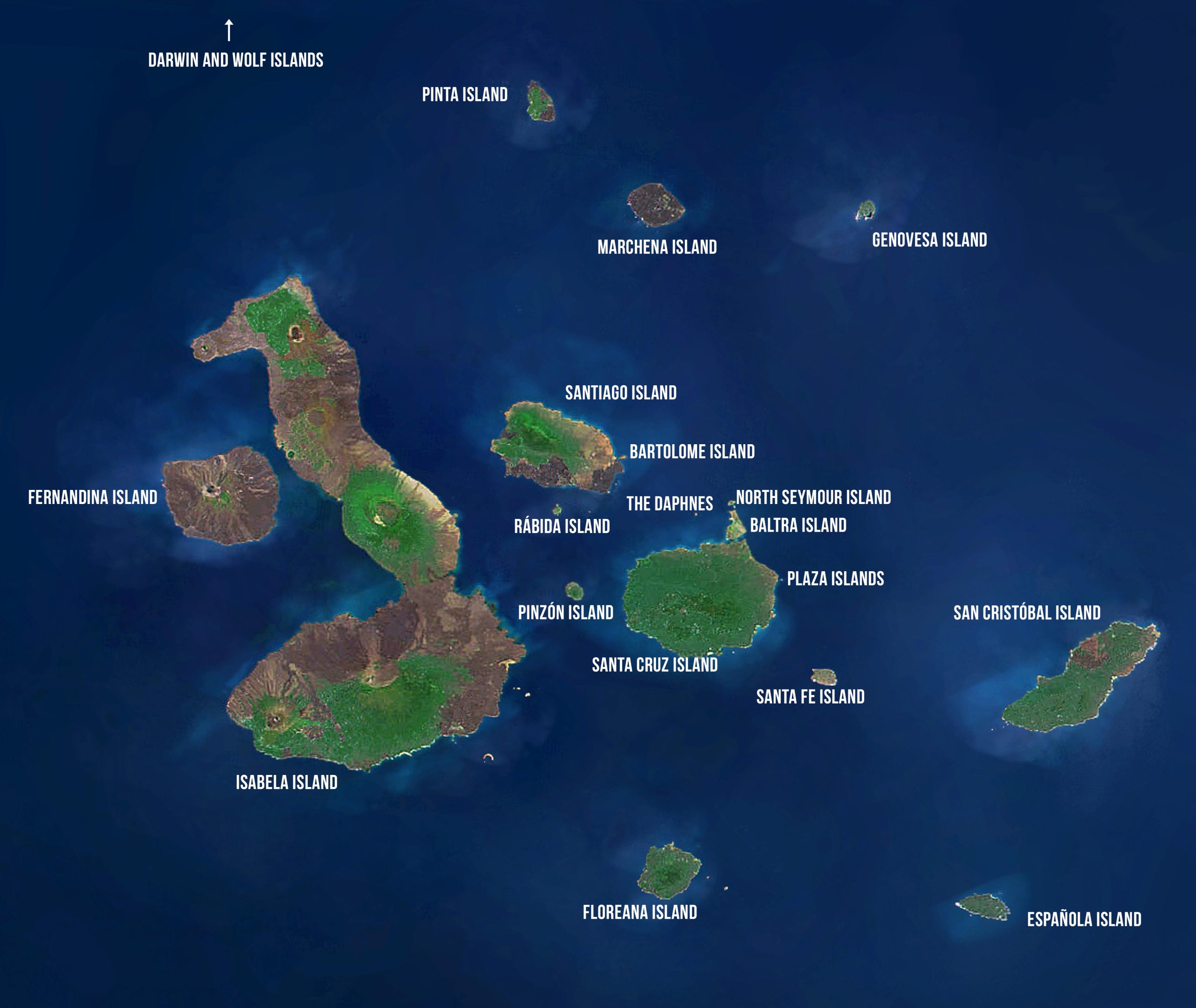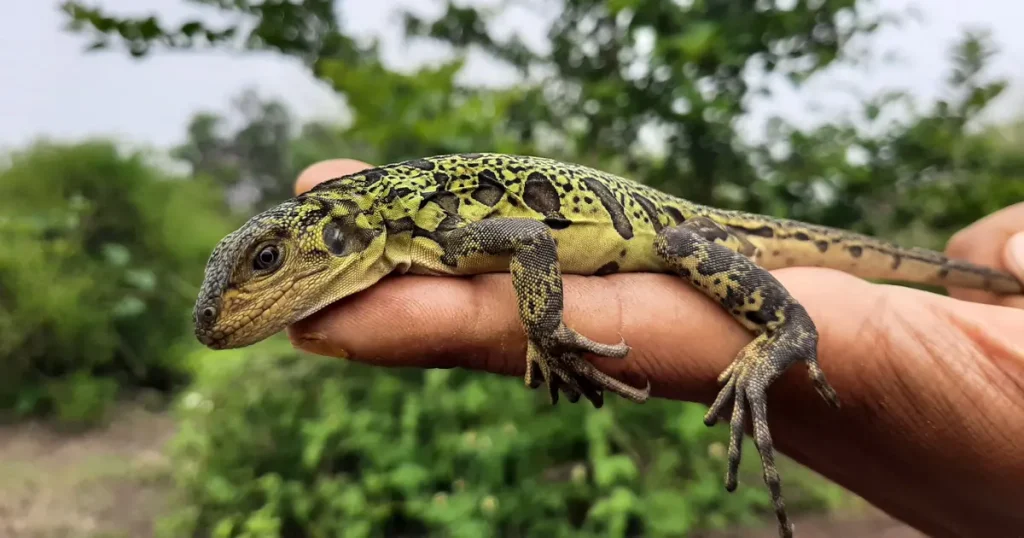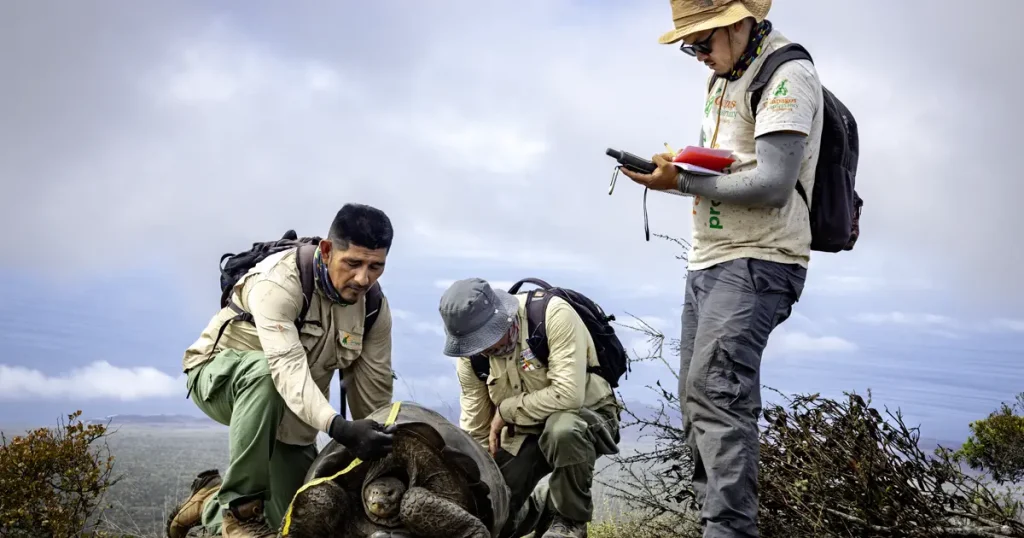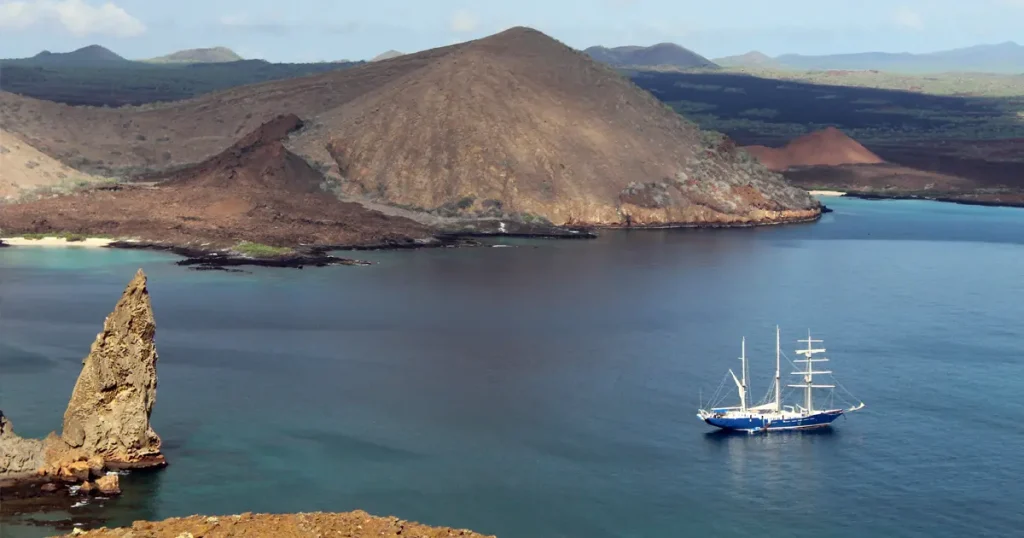Genovesa Island

Genovesa Island
Area: 14 km2 or 5 mi2
Maximum Altitude: 64 m or 210 ft
Human Population: 0
HISTORY
Genovesa Island is a horse-shoe shaped island located in the northeastern region of the Galapagos Archipelago. Its distinct shape was formed from the eruption of a shield volcano (a volcano with broad, gentle slopes built up over time by repeated lava flows and resembling a “shield”) and the eventual collapse of one side of the caldera. The resulting submerged crater formed Darwin Bay, which is surrounded by steep cliffs that provide homes for many seabirds. Lake Arcturus, a salt-water, crater lake, lies in the center of the island and contains sediment that is less than 6000 years old. No eruptions have ever been recorded for Genovesa, but there is evidence of young lava flows on the outskirts of the volcano.
TODAY
Genovesa has developed a reputation as “The Bird Island” because of the numerous and varied bird species that nest there. Visitors can explore two visitor sites and will be impressed with the abundance of frigatebirds, Nazca and Red-footed Boobies, Swallow-tailed Gulls, storm petrels, Red-billed Tropicbirds, finches, and mockingbirds, among other bird species. Genovesa is one of the few places in the Galapagos Islands where Red-footed Boobies are found en masse. The marine iguanas found along the shoreline are the only reptile on Genovesa and are the smallest in the archipelago.
CONSERVATION CHALLENGES
In March 2003, Ladybird Beetles (Rodolia cardinalis) were released on Genovesa to control the invasive cottony cushion scale, which is detrimental to many native plants. Genovesa was one of the last of the Galapagos Islands to undergo this form of biological control.
Visitor Site: Prince Philip’s Steps
On the dinghy ride to and from the Prince Philip’s Steps visitor site, named for Prince Philip who visited Galapagos in 1965 and again in 1981, visitors will marvel at the variety of sea life using the crevices of the lava cliffs for shelter. Red-billed Tropicbirds fly overhead, darting between their nests and the bay, and a small colony of fur seals may be found near the landing site. Visitors are dropped off at a steep stairway that begins on rocks at the foot of a path that leads through a seabird colony full of Nazca and Red-footed Boobies. Once visitors reach the plateau, the trail continues inland and passes more nesting booby colonies in the thin Palo Santo forest. Near the end of the trail, visitors can look out over a rocky lava plain where Wedge-rumped Storm Petrels fly in all directions. Unlike other petrels, these birds are unique because they are active during daytime and return to their nests in the evening to avoid their predators. Lucky visitors with keen eyes may catch a glimpse of a Short-eared Owl stalking its petrel prey along the island’s eastern cliffs.
Visitor Site: Darwin Bay Beach
Visitors disembark at Darwin Bay Beach onto a small sand and coral beach. A short trail heads west along a tidal lagoon and then up a rocky hill that leads to a point overlooking the cliffs and Darwin Bay. Along the trail near the tidal lagoon, visitors will see pairs of Swallow-tailed Gulls—the only nocturnal gull species in the world—Lava Gulls, and Yellow-crowned and Lava Herons. The trail continues through Palo Santo trees, Opuntia cacti, and Saltbushes inhabited by Great Frigatebirds and Red-footed Boobies. Visitors are asked to watch where they walk, so as not to step on any Swallow-tailed Gull eggs. This is one of the few places in the islands where visitors are guaranteed to see Red-footed Boobies, with their bright red prehensile feet and contrasting blue bills. Red-footed Boobies are the smallest of the three booby species in Galapagos, and two plumage forms can be found: 95% of the birds have brown feathers and the other 5% have white feathers. It is estimated that more than 200,000 Red-footed Boobies live in the trees and bushes of Genovesa.
Marine Site: Darwin Bay
Visitors can snorkel along the cliffs at Prince Philip’s Steps, at Darwin Beach or anywhere along the cliffs inside the caldera. The water is very nutrient-rich, so all types of marine life can be found. Numerous shark species are present, with hammerheads the most abundant. Sea lions, sea turtles, and the occasional Manta Ray can also be seen.



